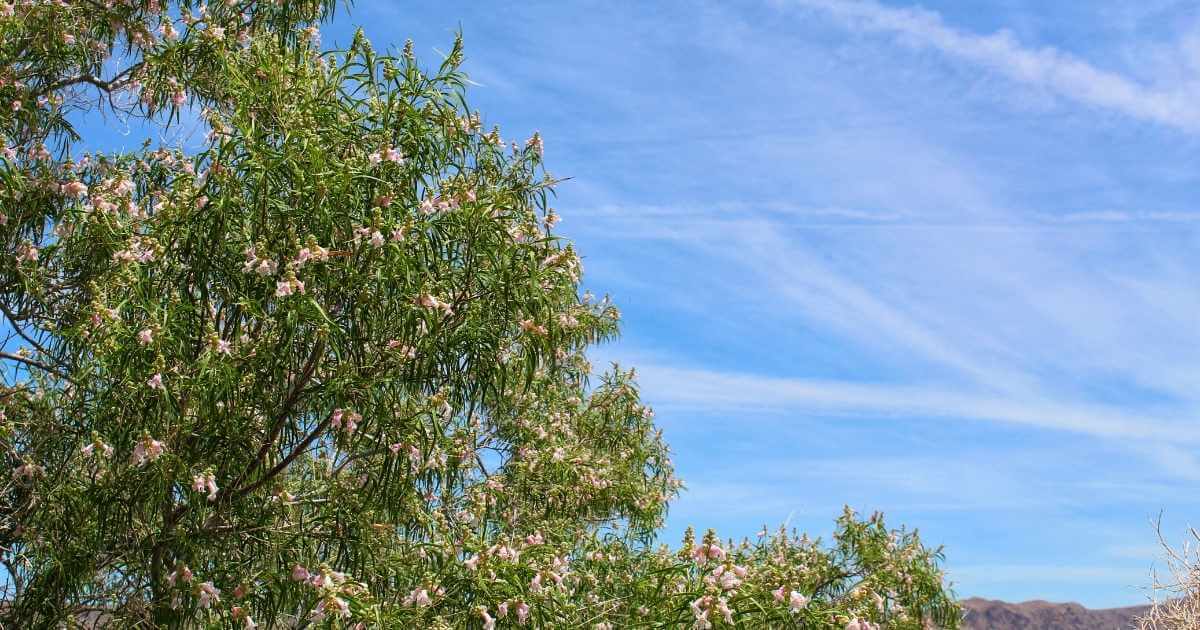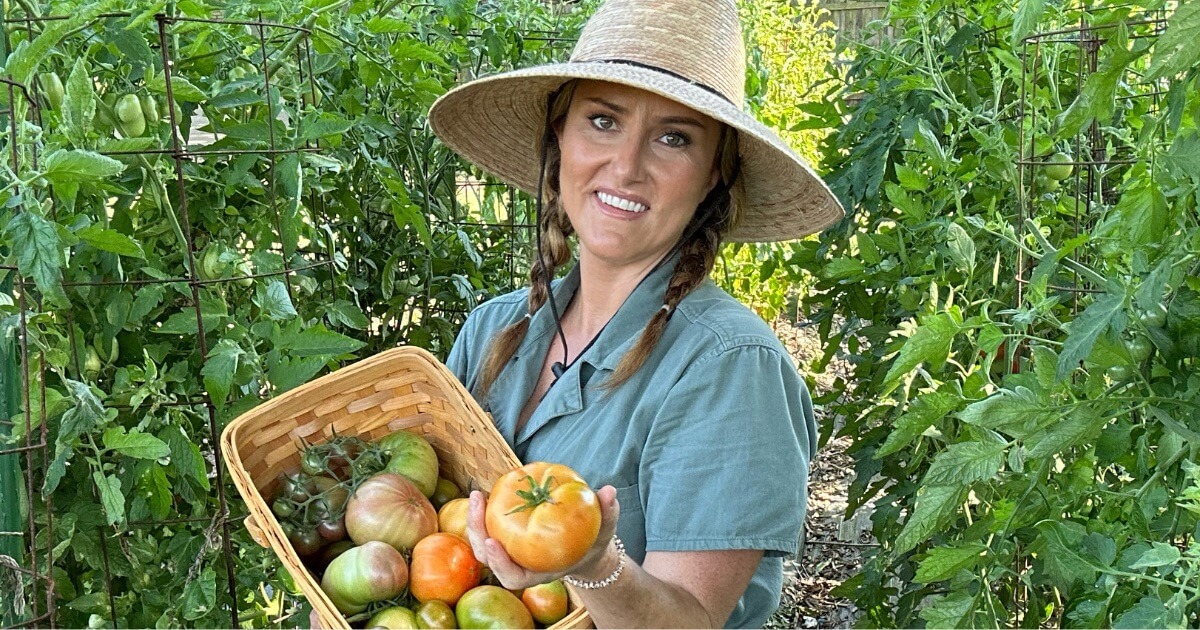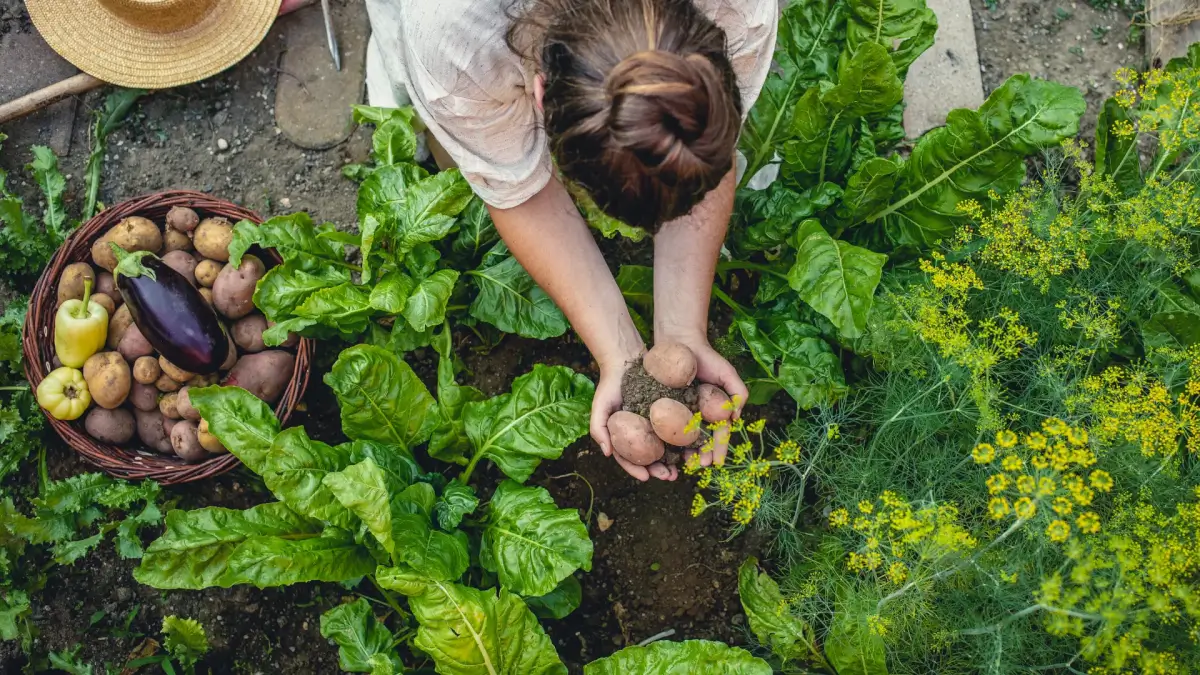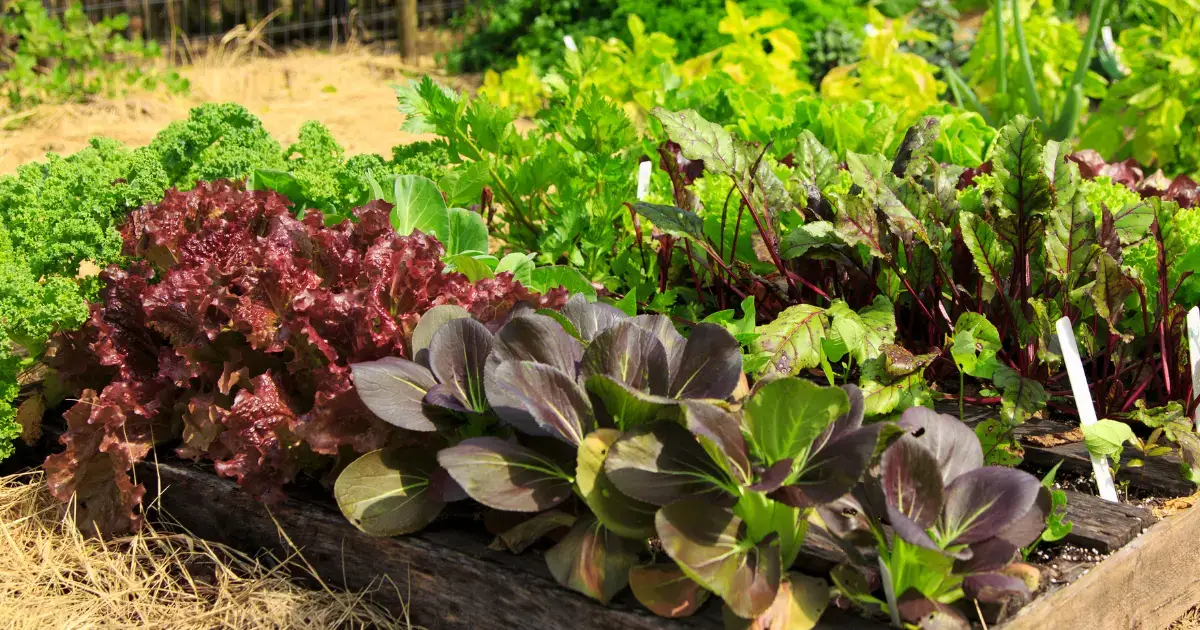
Thinking of adding new trees to your landscape? Consider using Texas native trees. Keep reading to learn why.
Why plant native trees?
There are numerous benefits to planting native trees. A few of the most impactful are:
- Native trees use less water and require less
fertilizer and pesticides because they are well-suited to North Texas conditions. - They provide a sense of place and give us the feeling of belonging to where we are.
- Native trees create habitats that provide food and shelter for wildlife.
- Less maintenance,
fertilizer , and pesticide is required.
Exploring native tree options
There is a lot of good information on Texas native plants and trees online. You just have to know where to look.
The Native Plant Society of Texas offers a wealth of resources to the general public on their website. One of the most useful resources is a collection of native plant lists by region.
The North Central Texas plant list includes over 35 different native trees, both shade and ornamental, that are suitable for the area.
For a searchable database, check out the Ladybird Johnson Wildflower Center’s collection of recommended native plant species for North Central Texas: here. You can filter by plant type to find trees.
Important things to consider
Before selecting or planting a native tree on your property there are some things that you will need to keep in mind.
1. Proper spacing and location.
When researching trees for your property, look at a tree’s expected height and spread at maturity. This information will help you plan the ideal location for the tree so that it’s not too close to your home, power lines, or other trees and plants.
The NPSOT plant list includes height and spread information for each tree. We’ve also listed spread in our list of recommended trees below.
2. Be aware of the issues surrounding oaks.
According to the Texas A&M Forest Service, oak wilt is one of the most destructive tree diseases in the U.S., killing millions of trees in 76 counties of Central, North and West Texas.
Trees in the red oak family like Texas red oak and shumard oak are the most susceptible to oak wilt. White oaks like Chinquapin, post, and bur are the least susceptible. Members of the willow oak family, like the live oak, fall somewhere in the middle.
Because the oak wilt fungus spreads through new wounds, it is imperative that you avoid pruning oak trees between February and June at all costs, and all wounds need to be painted. You can learn more about oak wilt here.
3. Know the risk posed by emerald ash borer.
This tiny green beetle is causing massive destruction. Detected in both Tarrant and Denton counties, the emerald ash borer feeds on ash trees and has killed hundreds of millions of trees in 35 states across the country.
The best way to prevent its spread is to never move firewood. even in-state; use it where its harvested.
List of native and sustainable trees
We compiled a list of nine of the best native shade and ornamental trees for North Texas that were selected for their beauty and, most importantly, sustainability. Although there are many native tree options, not all of them are necessarily eco-friendly ones.
All of the trees listed below are rated a 10 out of 10 on the Earth-Kind Index that measures a plants heat tolerance, drought tolerance, pest tolerance, soil requirement and fertility requirement based on region.
Note: Shade trees are defined as trees taller than 20 feet. Ornamental trees are 10 to 20 feet in height.
| Ashe Juniper (Shade) This evergreen juniper can be a large shrub or small to medium tree, if trained, and creates an excellent habitat for wildlife. Grows up to 20 feet high and 20 feet wide with excellent qualities for screening. |  * * |
| Bald Cypress (Shade) A very long-lived, deciduous tree with uniquely bright green, needle-like foliage that turns a dramatic rust shade in the fall. If planted near water, will develop “knees”. Grows between 50 and 70 feet in the landscape with a 20 to 30 feet spread. |  |
| Chinquapin Oak (Shade) An underused shade tree that boasts high heat and drought tolerance. Grows up to 60 feet tall and 60 feet wide. More resistant to oak wilt than other oaks but still susceptible. |  * * |
| Desert Willow (Ornamental) A small tree boasting orchid-like blossoms and an airy, open form with willow-like foliage. Grows up to 20 feet high and 20 feet wide. Requires a full sun exposure. |  |
| Eve’s Necklace (Ornamental) Deciduous ornamental with flowers in the spring and fruit pods that resemble a necklace. Tolerant of poorly draining soils with excellent heat and drought tolerance. Will also tolerate partial shade. Can grow 15 to 25 feet in height, 10 to 15 foot spread. |  * * |
| Honey Mesquite (Shade) Traditionally considered a nuisance in pastures, experts agree that the mesquite tree’s bad reputation is the result of overgrazing and fire suppression. Mesquite trees are the most drought tolerant North Texas tree capable of providing shade. Plus, the pale yellow flowers that bloom in spring are an important source of nectar for pollinators. Thorns are prevalent on young plants, but the potential for use as a sustainable landscape option in North Texas is exciting despite being hard to find in nurseries. Up to 30 feet high and wide. |  * * |
| Mexican Buckeye (Ornamental) A deciduous, multi-trunked tree with dramatic, hot pink flowers similar to red bud trees. Needs soil that drains well, but is very heat and drought tolerant. Averages 12 feet tall with a 10 foot width. |  * * |
| Shumard Oak (Shade) Considered one of the best oaks for Texas landscapes with red fall foliage. Grows up to 60 feet high and 50 feet wide. Less susceptible to oak wilt but still at risk. |  * * |
| Southern Magnolia (Shade) This is a classic southern tree with large. dark green, glossy leaves and 12-inch white, fragrant flowers in spring and summer. Makes an excellent screen as lower limbs will remain in place unless pruned up. Cones will drop to the ground, but their clean-up is the minimum maintenance required. Grows up to 40 feet tall in North Texas with a 30 foot spread and is very heat and drought tolerant. |  |
Are your favorites missing from this list?
There are a lot of classic, native North Texas trees missing from our list. Most of the excluded trees weren’t up to snuff in the sustainability department. Others were actual hazards.
The near misses
The short-list of trees once included Eastern Red Cedar. It’s a 10 out of 10 on the Earth-Kind index, but received poor ratings for high flammability (yikes) and is an alternative host for the fungal disease cedar-apple rust. As a result, it didn’t make the final cut, even though it makes a great privacy screen.
Another noticeably absent native is the Texas state tree itself: the pecan. Despite it’s esteemed designation, the pecan gets low marks for sustainability because of disease susceptibility, high fertility requirements, and moderate water needs. Futhermore, no one wants to take a barefoot stroll on the lawn only to step on a cracked pecan shell.
Additional resources
Dallas Morning News: “Native mesquite gets a serious look for landscapes”
Earth-Kind Plant and Tree Selector by region
Native Plant Society of Texas North Central Texas Plant List
Texas Invasives Website: Emerald Ash Borer
Texas A&M Agrilife: Take steps to prevent the spread of oak wilt this spring
Editor’s note
A central tenet of the Dallas Garden School mission is to create educational opportunities through community collaboration. As such, we invite (and appreciate) informed, thoughtful, and well-researched contributions to any of the information we present here or through other media outlets. Is there a tree we clearly missed? Let us know why in the comments below. We look forward to elevating all voices of the North Texas gardening and landscaping community. (Include sources!)
- Can Eating Tomatoes Help Prevent Weight Gain? New Study Says Yes - May 25, 2025
- New to Gardening? Join Our Step-by-Step Beginner Gardening Class - April 24, 2025
- Why “Intensive” Gardening is Not Good - March 9, 2025



